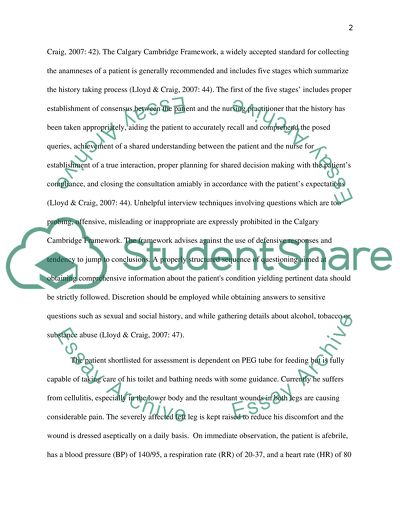Cite this document
(“Geriatric Category Patients and Their Treatment Essay”, n.d.)
Geriatric Category Patients and Their Treatment Essay. Retrieved from https://studentshare.org/nursing/1399935-subsequent-order-to-previouse-order
Geriatric Category Patients and Their Treatment Essay. Retrieved from https://studentshare.org/nursing/1399935-subsequent-order-to-previouse-order
(Geriatric Category Patients and Their Treatment Essay)
Geriatric Category Patients and Their Treatment Essay. https://studentshare.org/nursing/1399935-subsequent-order-to-previouse-order.
Geriatric Category Patients and Their Treatment Essay. https://studentshare.org/nursing/1399935-subsequent-order-to-previouse-order.
“Geriatric Category Patients and Their Treatment Essay”, n.d. https://studentshare.org/nursing/1399935-subsequent-order-to-previouse-order.


